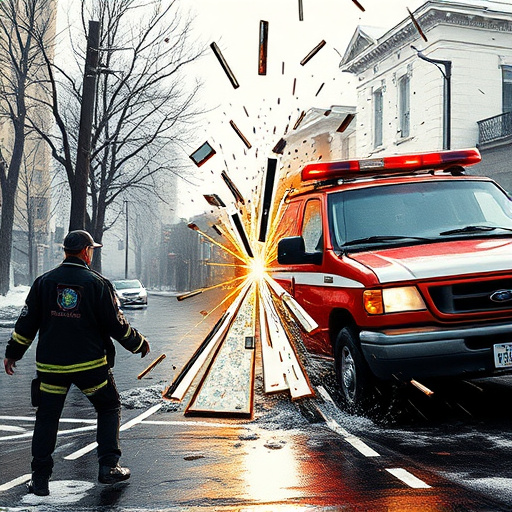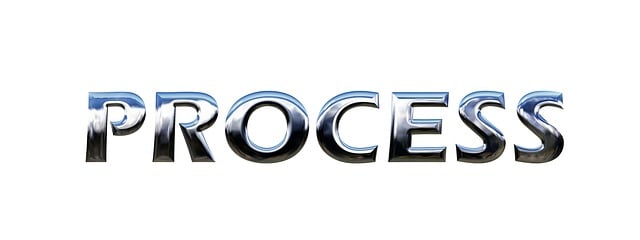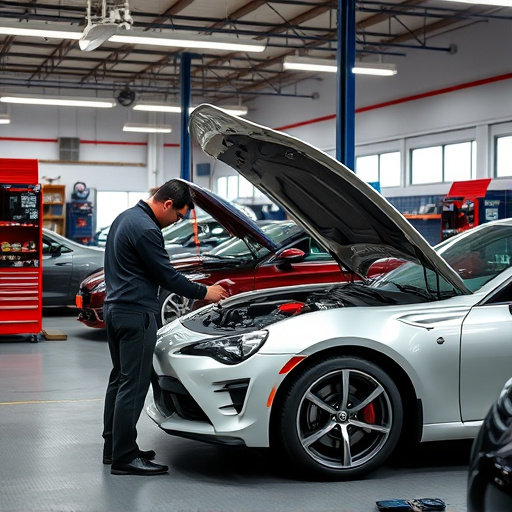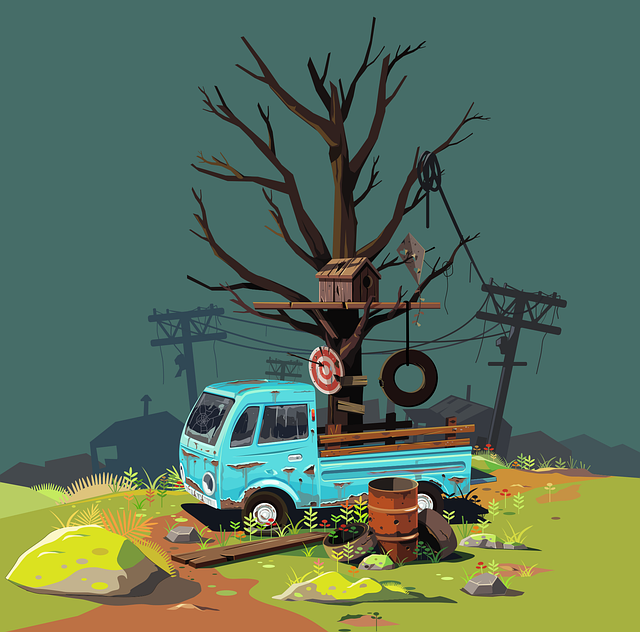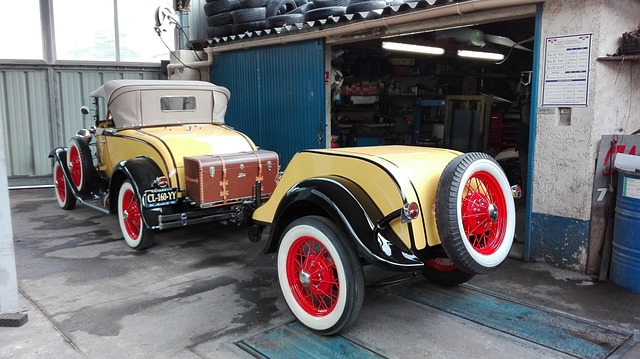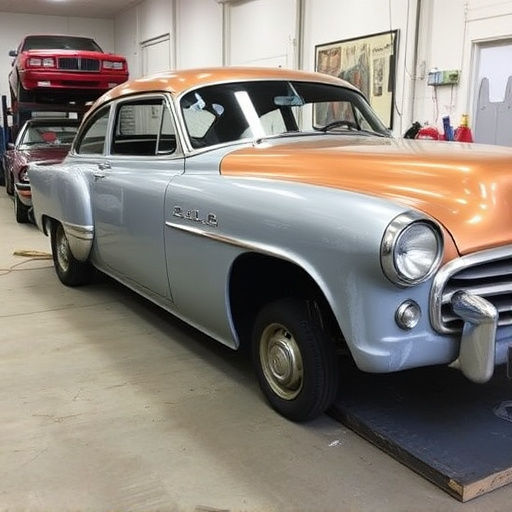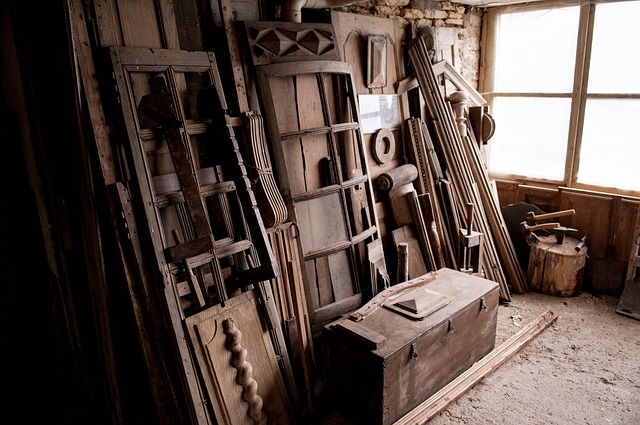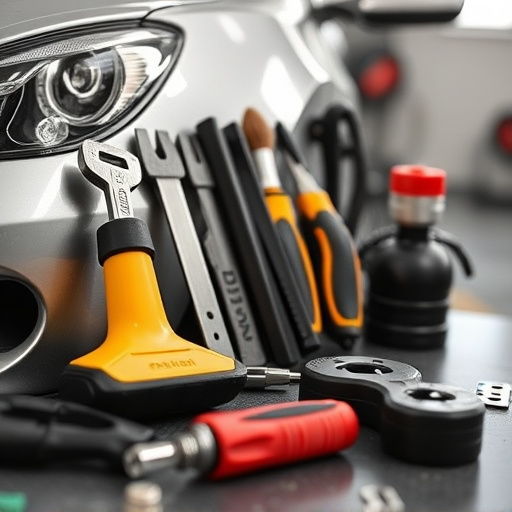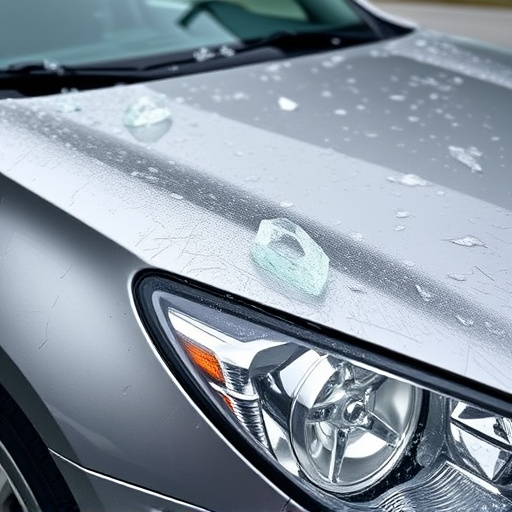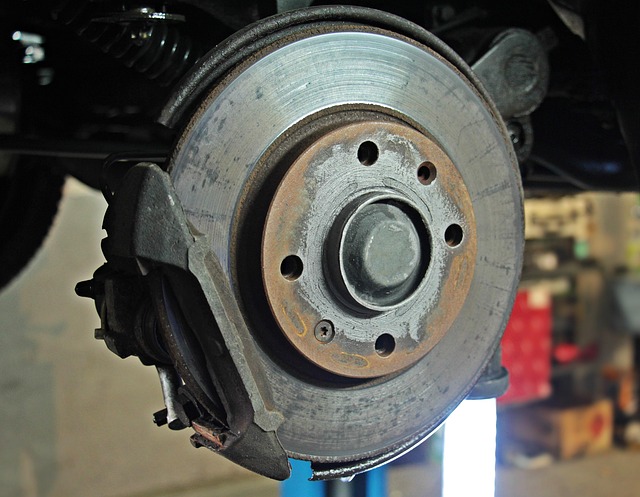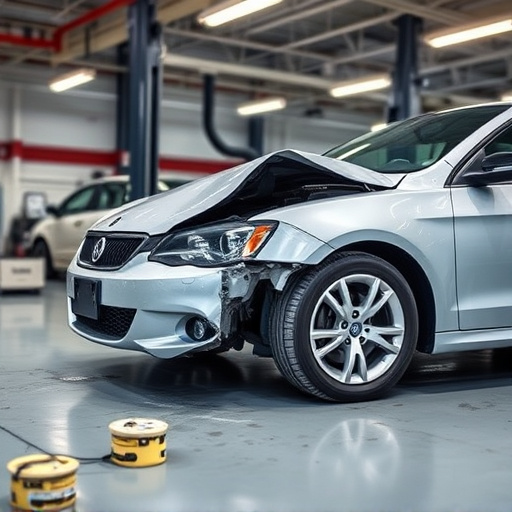After a collision, a thorough quality inspection is essential to ensure vehicle restoration matches pre-accident condition. This process verifies body repairs, fine finishes, secure fastenings, and pristine interior elements like those found in premium vehicles like Mercedes Benz. It guarantees safety, reliability, and maintains the detailing shop's reputation. Begin by examining exterior and interior for damage, test all components, and identify potential issues like paint imperfections through vigilant inspection. Proper detailing and ongoing maintenance protect against future damage.
After a collision, proper detailing is crucial for restoring your vehicle’s appearance. However, simply completing the detailing process isn’t enough; thorough quality inspection is essential to ensure the job was done right. This guide walks you through understanding why such inspections are vital, offers a step-by-step approach to conducting them, and highlights common issues to watch out for, providing solutions for a flawless finish on your detailing after collision.
- Understanding the Importance of Quality Inspection After Detailing
- Step-by-Step Guide to Conducting a Thorough Inspection
- Common Issues to Look Out For and How to Address Them
Understanding the Importance of Quality Inspection After Detailing
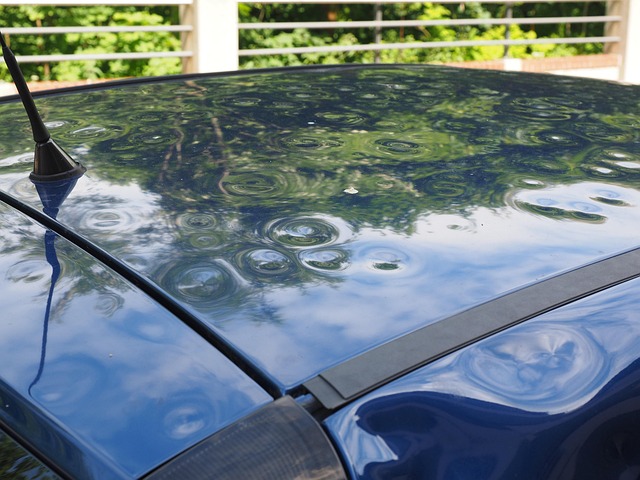
After a collision, the meticulous process of detailing is complete, but the work isn’t truly finished until a thorough quality inspection is conducted. This step is paramount as it ensures that every aspect of the vehicle’s restoration to its pre-accident condition has been achieved. A comprehensive inspection involves meticulously evaluating every detail, from the car body restoration down to the finest finishes and trim pieces.
It’s not just about checking for obvious imperfections; it’s also about verifying that all components are securely fastened, paint jobs are even and free of defects, and all interior elements are in pristine condition. In the case of premium vehicles like Mercedes Benz repair, where precision and craftsmanship are paramount, this inspection becomes an art form. It ensures not only the safety and reliability of the vehicle but also upholds the reputation of the detailing shop and the quality of its vehicle repair services.
Step-by-Step Guide to Conducting a Thorough Inspection

After a collision, proper detailing and subsequent quality inspection are crucial steps to ensure your vehicle is restored to its pre-accident condition. Here’s a step-by-step guide to help you conduct a thorough inspection.
Start by examining the exterior of the vehicle for any visible signs of damage. Walk around the car, checking for dents, scratches, or chips in the paintwork. Use a flashlight to inspect hard-to-reach areas and look for subtle deformations that might indicate hidden damage. Pay close attention to doors, fenders, and bumpers—common areas for impact during a collision. Next, assess the glass and mirrors for cracks or chips. Even tiny imperfections can affect visibility and safety, so it’s essential to inspect them thoroughly. Move inside the vehicle, checking for any interior damage, such as torn upholstery, broken trim pieces, or missing accessories. Look for water stains on ceilings or floors, which could indicate water intrusion during the repair process. Lastly, test all components, including lights, wipers, and windows, to ensure they function optimally after the detailing and collision repair, ensuring a seamless driving experience.
Common Issues to Look Out For and How to Address Them
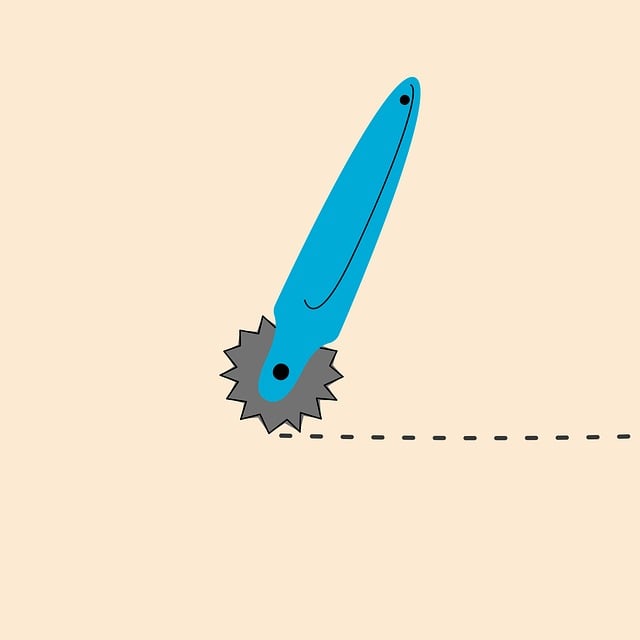
After a collision, detailing is a crucial step to restore your vehicle’s aesthetics, but it’s essential to be vigilant about potential issues. Common problems include paint imperfections like scratches, chips, or uneven finishes, which may have occurred during the collision or repair process. These defects can range from minor cosmetic concerns to more significant structural problems that require attention.
To address these issues, start by inspecting the entire vehicle meticulously. For paint-related problems, use a magnifying glass if needed. If you discover scratches or chips, an automotive repair specialist might recommend auto body painting to fix them. In the case of deep dents, vehicle dent repair techniques can restore the car’s original shape and finish. Regular cleaning and conditioning after the detailing process will also help maintain the vehicle’s quality and protect against future damage.
After a vehicle undergoes detailing after collision repair, a meticulous quality inspection is paramount. This process ensures that all repairs are of the highest standard, matching the original specifications. By following a structured approach and staying vigilant for potential issues, you can guarantee customer satisfaction and maintain the vehicle’s integrity. Remember, a thorough inspection is key to achieving exceptional results in detailing after collision work.

